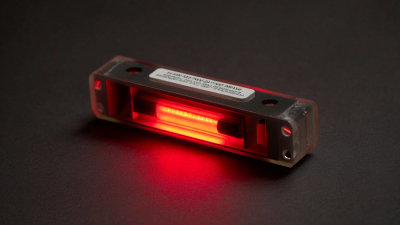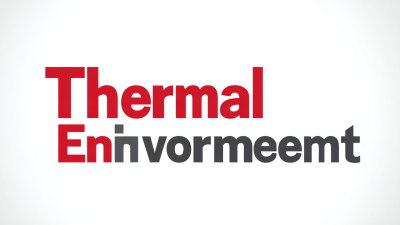
-
Home
-
Product Center
-
Application
-
Support
-
JT Cloud
-
About Us
-
Contact Us
Leave Your Message

In the realm of industrial quality control and environmental monitoring, mastering precision through accurate humidity measurement is paramount. The "Humidity Calibration Kit" stands as an essential tool for professionals aiming to achieve optimal performance in various applications, from pharmaceuticals to food safety.
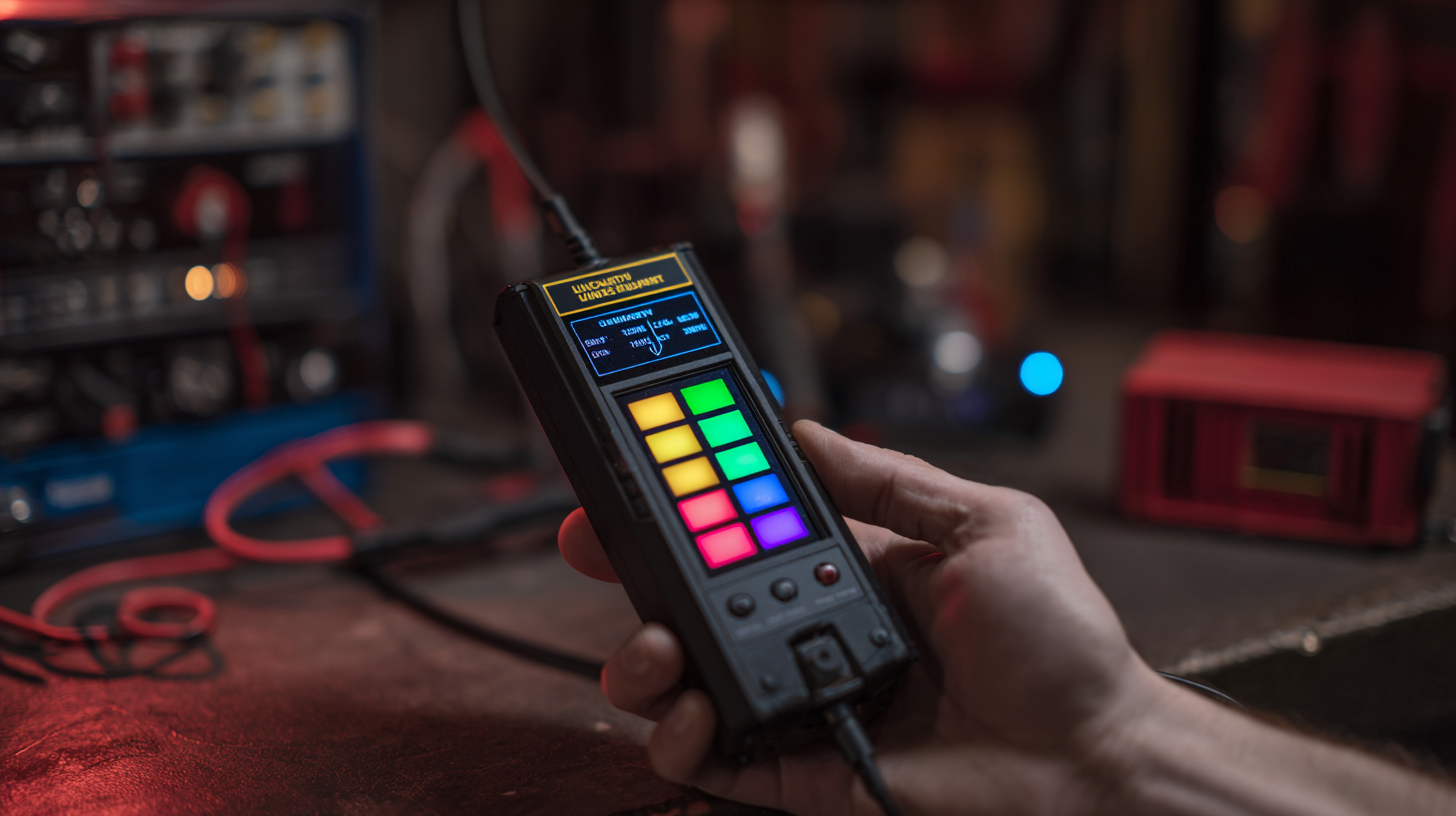
According to a report by the International Society of Automation, improper humidity control can lead to significant product loss, accounting for an estimated 5-15% of total operational costs in certain industries. Furthermore, the ASTM International has outlined that humidity discrepancies can compromise test results, illustrating the critical nature of calibration.
By investing in a comprehensive humidity calibration kit, organizations can ensure compliance with industry standards and enhance product reliability. This guide delves into the various aspects of humidity calibration kits, empowering professionals with the knowledge necessary to elevate their precision and efficiency.
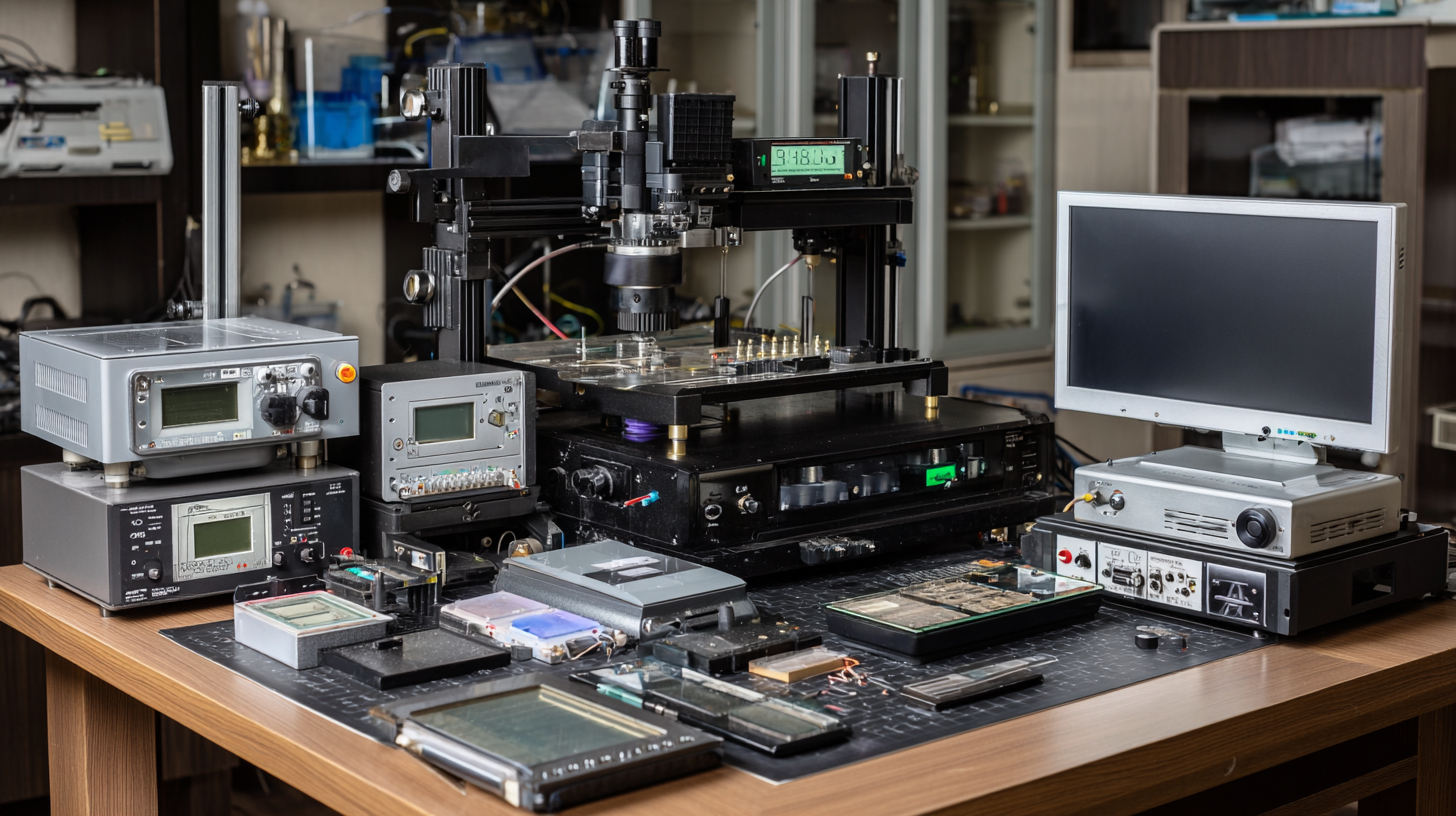 Humidity calibration plays a crucial role across various industries, including pharmaceuticals, food processing, and environmental monitoring. Maintaining precise humidity levels is essential to ensure product quality and compliance with regulatory standards. In the pharmaceutical sector, for example, humidity can significantly affect drug stability and efficacy. Proper calibration of humidity measuring instruments guarantees accurate readings, which is vital for storage and production environments.
Humidity calibration plays a crucial role across various industries, including pharmaceuticals, food processing, and environmental monitoring. Maintaining precise humidity levels is essential to ensure product quality and compliance with regulatory standards. In the pharmaceutical sector, for example, humidity can significantly affect drug stability and efficacy. Proper calibration of humidity measuring instruments guarantees accurate readings, which is vital for storage and production environments.
In the food industry, optimal humidity levels are paramount for preventing spoilage and ensuring the safety of consumables. Calibration kits allow manufacturers to consistently measure and adjust humidity, thereby enhancing the overall shelf life of products. Similarly, in environmental monitoring, accuracy in humidity measurement is crucial for climate studies and indoor air quality assessments. By investing in high-quality humidity calibration kits, businesses can safeguard their operations, enhance productivity, and ensure environmental compliance while achieving optimal performance in their respective fields.
When selecting a humidity calibration kit, it is essential to consider the specific needs of your application. There are various types of kits available, including primary, secondary, and portable humidity standards. Primary calibration kits provide the most accuracy and are ideal for laboratory environments where precision is critical. Secondary kits offer a balance between performance and cost, making them suitable for field applications where moderate accuracy is acceptable. Portable kits, on the other hand, are designed for on-the-go calibration, allowing for flexibility in various environments while still maintaining satisfactory performance.
Each type of calibration kit comes with unique features that cater to different humidity measurement requirements. For example, some kits are equipped with digital displays and data logging capabilities, making them easy to use and ideal for professionals who require immediate feedback. Others may include advanced calibration capabilities, such as temperature and pressure compensation, which is essential in specific industrial applications. By understanding these distinctions, you can choose the right humidity calibration kit that aligns with your operational needs and ensures optimal performance.
Humidity calibration is essential for ensuring the performance of devices that rely on accurate moisture levels. To effectively use humidity calibration kits, start by familiarizing yourself with the components included in the kit—such as the hygrometer and calibration solutions. It's crucial to select an appropriate reference point for calibration, often provided in the kit. Begin by allowing the device to stabilize in the environment where it will be used. This allows for more accurate adjustments.
Once your hygrometer is stable, compare its readings to those of a trusted reference. Adjust the calibration settings as necessary, based on the discrepancies noted. Regular calibration is important, especially when considering the latest innovations like atmospheric water generation systems that require precise humidity control to maximize efficiency. Families can harness such systems to produce clean drinking water, making humidity management even more significant in everyday applications. By mastering the use of calibration kits, you can ensure the optimal performance of your devices and contribute to sustainable practices at home.
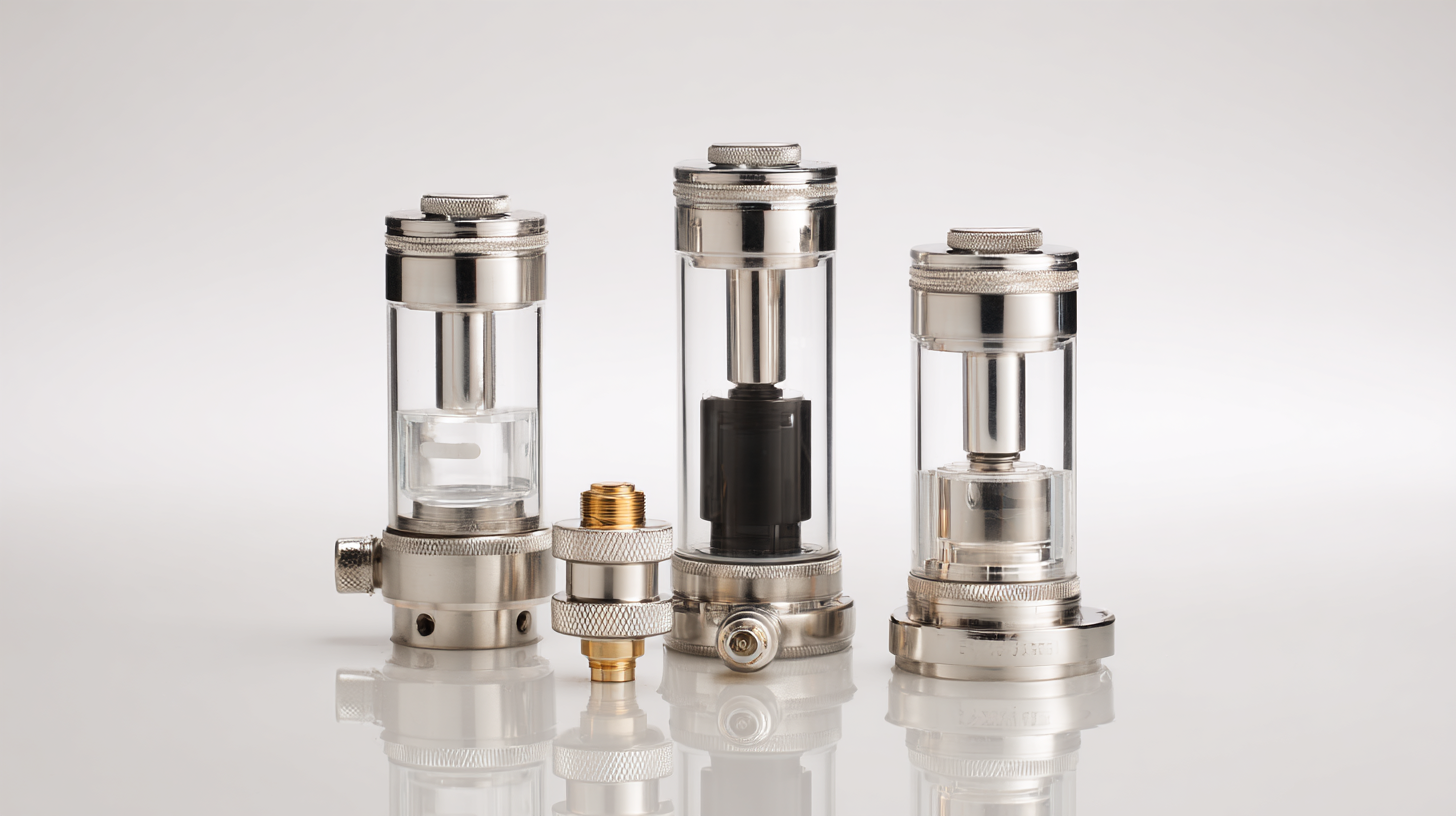 Calibrating humidity instruments is essential for ensuring accurate measurements, but there are several common mistakes that can compromise the calibration process. One prevalent error is neglecting to properly prepare the calibration environment. Humidity calibration should be conducted in a controlled space, free from drafts, direct sunlight, and other environmental factors that can skew results. Failing to address these conditions can lead to inaccurate readings that ultimately affect your instrument's reliability.
Calibrating humidity instruments is essential for ensuring accurate measurements, but there are several common mistakes that can compromise the calibration process. One prevalent error is neglecting to properly prepare the calibration environment. Humidity calibration should be conducted in a controlled space, free from drafts, direct sunlight, and other environmental factors that can skew results. Failing to address these conditions can lead to inaccurate readings that ultimately affect your instrument's reliability.
Another mistake often made during calibration is overlooking the importance of using the correct calibration standard. Instruments calibrated with inappropriate standards may yield results that diverge from actual humidity levels. It's critical to select a calibration kit that aligns with the specific range and accuracy needs of your instruments. Moreover, some users forget to verify the performance of their calibration kits before application. Routine checks can help identify potential issues, allowing for timely corrections before they affect measurements. By avoiding these pitfalls, users can enhance the accuracy and reliability of their humidity instruments significantly.
When it comes to ensuring the longevity and effectiveness of humidity calibration kits, regular maintenance is crucial. Over time, environmental factors can impact the accuracy of these tools, making it essential to establish a routine check-up schedule. This process typically includes cleaning the sensors, checking for moisture leaks, and verifying the integrity of the calibration solutions. By maintaining these kits, professionals can ensure optimal performance and reliable measurements for critical applications.
**Tips for Maintenance:**
1. Regularly inspect your calibration kits for any physical damage, as even minor issues can lead to significant inaccuracies.
2. Store your humidity calibration kits in a controlled environment, away from direct sunlight and extreme temperatures, to prevent deterioration of components.
3. Schedule calibration checks at least once a year or more frequently if used in high-stakes environments.
By following these tips and establishing a consistent maintenance routine, users can maximize the lifespan and precision of their humidity calibration kits, resulting in dependable performance over time.
| Calibration Kit Model | Humidity Range (%) | Accuracy (%) | Stability (Days) | Maintenance Interval (Months) | Calibration Procedure |
|---|---|---|---|---|---|
| Model A1 | 10 - 90 | ±1.5 | 30 | 6 | Manual Calibration with Reference Standards |
| Model B2 | 5 - 95 | ±1.0 | 60 | 12 | Automated Calibration with Built-in Sensors |
| Model C3 | 20 - 80 | ±0.5 | 45 | 3 | Periodic Verification using Traceable Standards |
| Model D4 | 15 - 85 | ±2.0 | 90 | 12 | Annual Calibration Check |
